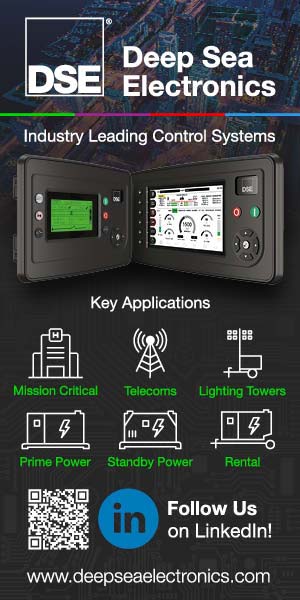BAUR will showcase its new Software 4 solution that aims to further optimise the condition-based maintenance of cable networks during Middle East Electricity (MEE) 2019
The new BAUR Software 4 combines functions for cable testing and diagnostics that support both asset managers and engineers in their everyday duties on?site. It is suitable for cable testing (VLF truesinus, VLF square wave and DC voltage), cable sheath testing and diagnostics using the dissipation factor or partial discharge testing. The comprehensive measurement methods and new features of the BAUR Software 4 allows to further optimise the condition?based maintenance of cable networks.
Cable condition evaluation based upon diagnostics philosophy
Operators have the choice of either using standardised diagnostics sequences or defining their own procedures for the various application cases and cable routes within the software. All measurement and evaluation parameters are thus stored at the start of measurement and the engineer starts the measurement procedure with just a few clicks. This not only speeds up work in the field, but also gives rise to reproducible results regardless of the measurement equipment and the current operator. Moreover, the software produces evaluations even during the measurement cycles, and its new automated report functions simplify subsequent report preparation. Thanks to the new software functions, cable testing and diagnostics can now be performed even more quickly and reliably.
Better decision?making criteria for network expansion and maintenance
Thanks to standardised measurement cycles and the comparability of results, asset managers receive an objective condition evaluation of the cable network ? condition?based maintenance. Measures can be prioritised and budgets used more cost-effectively. Measured values obtained under the same conditions also permit the reliable evaluation of historic data for a trend analysis. This, in turn, provides empirical values that can be transferred to similar cable routes.
Stand No: H2.B19



























